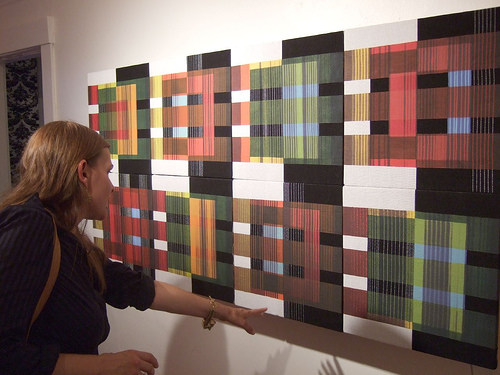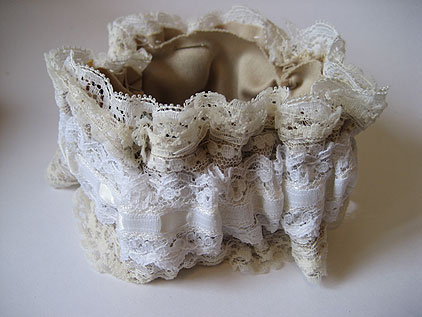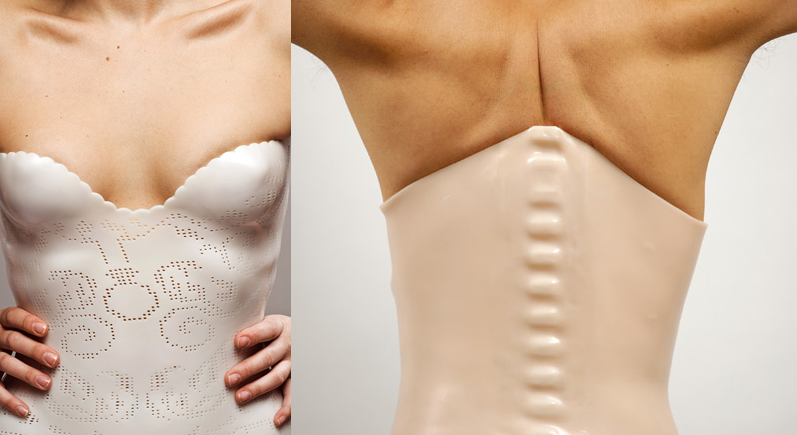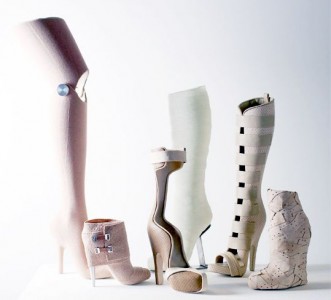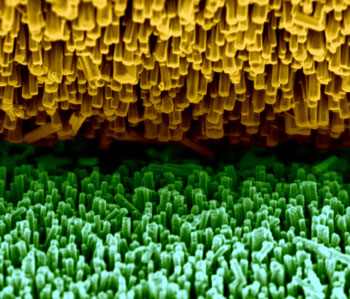 On the never-ending quest to find an alternative source of power that is efficient and portable, researchers at Georgia Institute of Technology are exploring piezoelectric zinc oxide nanowires that harvest energy from the wearer's natural movement. Here's how they describe it on nanoarchitecture.net:
On the never-ending quest to find an alternative source of power that is efficient and portable, researchers at Georgia Institute of Technology are exploring piezoelectric zinc oxide nanowires that harvest energy from the wearer's natural movement. Here's how they describe it on nanoarchitecture.net:
"The researchers constructed pairs of textile fibers covered with piezoelectric zinc oxide nanowires that generate electricity in response to applied mechanical stress. The resulting current flow from many fiber pairs woven into a shirt or jacket could allow the wearer’s body movement to power a range of portable electronic devices."
Now, imagine if the nanowires are woven into energy-generating textiles that are seamlessly integrated directly into the aesthetics, cut, and flow of a garment.
